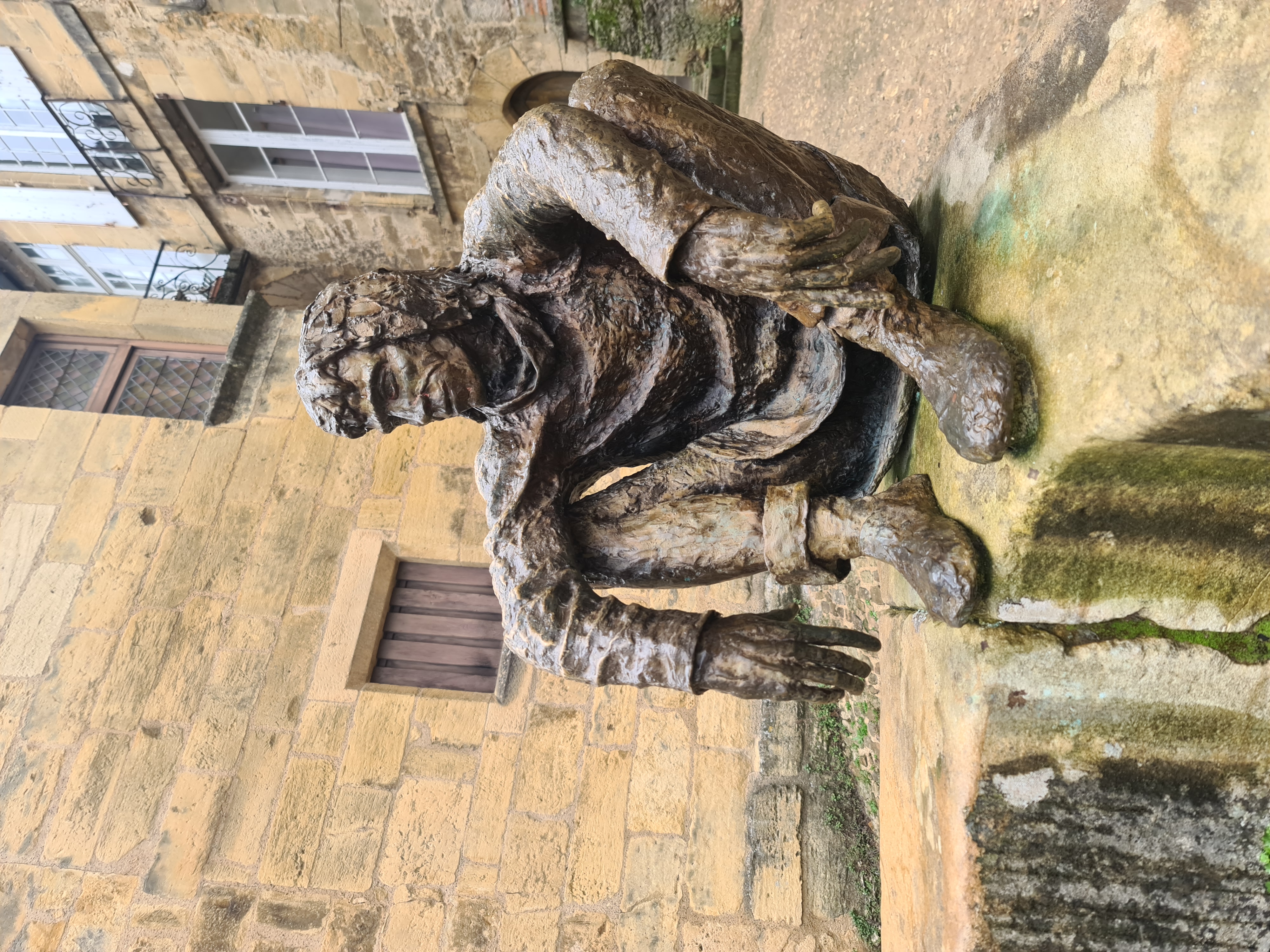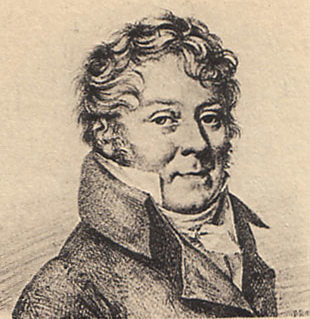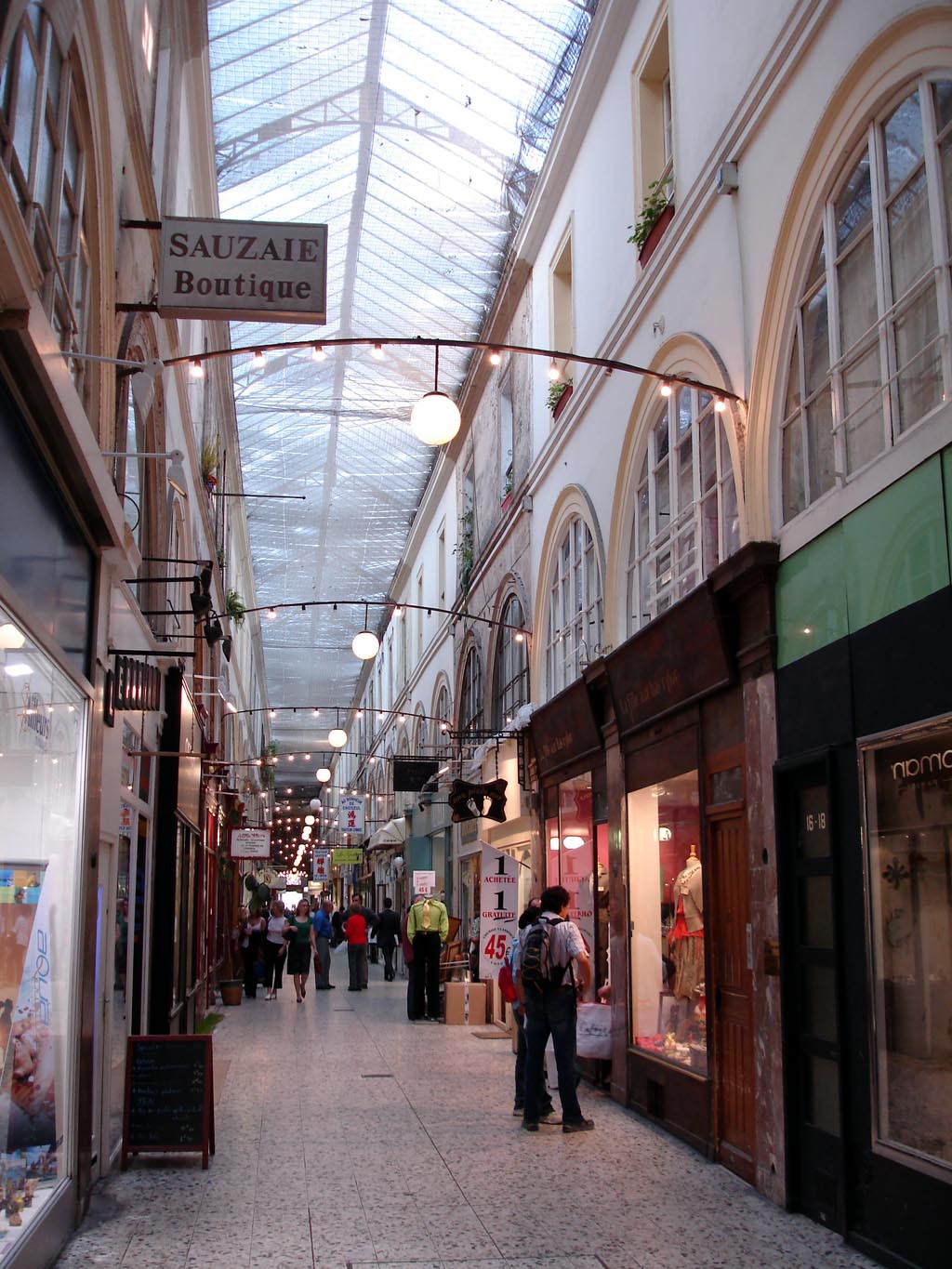|
Badaud
The ''badaud'' is an important urban type from 18th and 19th-century French literature, one that has been adapted to explain aspects of mass culture and modern experience. The term ''badaud'' (plural: ''badauds'') comes from the French and has the basic meaning of "gawker", or more neutrally, "bystander". The term usually carries the connotation of idle curiosity, gullibility, simpleminded foolishness and gaping ignorance. It was an old inheritance, but was elaborated as an urban type in the eighteenth and nineteenth century to describe the street crowds that were an essential feature of the Parisian landscape. Like the ''flâneur'', to which it has been frequently contrasted, the ''badaud'' has been construed as an emblematic figure of the modern, urban experience and of mass culture. The term ''badauderie'' (though not frequently used) refers to the act of gathering in a street crowd or gawking. Origins and definition ''Badaud'' was in usage from the 16th century, if not earl ... [...More Info...] [...Related Items...] OR: [Wikipedia] [Google] [Baidu] |
Flâneur
() is a French noun referring to a person, literally meaning "stroller", "lounger", "saunterer", or "loafer", but with some nuanced additional meanings (including as a loanword into English). is the act of strolling, with all of its accompanying associations. A near-synonym of the noun is . Traditionally depicted as male, a is an ambivalent figure of urban affluence and modernity, representing the ability to wander detached from society with no other purpose than to be an acute observer of industrialized, contemporary life. The was, first of all, a literary type from 19th-century France, essential to any picture of the streets of Paris. The word carried a set of rich associations: the man of leisure, the idler, the urban explorer, the connoisseur of the street. However, the flâneur's origins are to be found in journalism of the Restoration, and the politics of postrevolutionary public space. It was Walter Benjamin, drawing on the poetry of Charles Baudelaire, who made t ... [...More Info...] [...Related Items...] OR: [Wikipedia] [Google] [Baidu] |
Rubbernecking
Rubbernecking is a derogatory term primarily used to refer to bystanders staring at accidents. More generally, it can refer to anyone staring at something of everyday interest compulsively (especially tourists). The term ''rubbernecking'' derives from the neck's appearance while trying to get a better view, that is, crane one's neck. Rubberneck is associated with morbid curiosity. It is often the cause of traffic jams, sometimes referred to as "gapers' block" or "gapers' delay", as drivers slow down to see what happened in a crash. ''Rubberneck'' is considered as of 2007 unconventional English or slang. Etymology The term ''rubbernecking'' was a term coined in America in the 1890s to refer to tourists. H.L. Mencken said the word ''rubberneck'' is "almost a complete treatise on American psychology" and "one of the best words ever coined". By 1909, ''rubbernecking'' was used to describe the wagons, automobiles and buses used in tours around American cities, and through their Ch ... [...More Info...] [...Related Items...] OR: [Wikipedia] [Google] [Baidu] |
Flâneur
() is a French noun referring to a person, literally meaning "stroller", "lounger", "saunterer", or "loafer", but with some nuanced additional meanings (including as a loanword into English). is the act of strolling, with all of its accompanying associations. A near-synonym of the noun is . Traditionally depicted as male, a is an ambivalent figure of urban affluence and modernity, representing the ability to wander detached from society with no other purpose than to be an acute observer of industrialized, contemporary life. The was, first of all, a literary type from 19th-century France, essential to any picture of the streets of Paris. The word carried a set of rich associations: the man of leisure, the idler, the urban explorer, the connoisseur of the street. However, the flâneur's origins are to be found in journalism of the Restoration, and the politics of postrevolutionary public space. It was Walter Benjamin, drawing on the poetry of Charles Baudelaire, who made t ... [...More Info...] [...Related Items...] OR: [Wikipedia] [Google] [Baidu] |
Victor-Joseph Étienne De Jouy
Victor-Joseph Étienne, called de Jouy (19 October 17644 September 1846), was a French dramatist who abandoned an early military career for a successful literary one. Life De Jouy was born at Versailles in 1764. At the age of eighteen he received a commission in the army, and sailed for South America in the company of the governor of Guiana. He returned almost immediately to France to complete his studies, and re-entered the service two years later. He was sent to India, and many of the events there were afterwards turned to literary account. His literary contemporary Stendhal records in his book ''Memoirs of an Egoist'' one such violent action, of rape. He writes, "One day in India he e Jouyand two or three friends went into a temple to escape the dreadful heat. There they found the priestess, a kind of Vestal Virgin. M. de Jouy found it amusing to maker her unfaithful to Brahma on the very altar of her god. The Indians realised what had happened, came running up in arms, ... [...More Info...] [...Related Items...] OR: [Wikipedia] [Google] [Baidu] |
Arcades Project
''Passagenwerk'' or ''Arcades Project'' was an unfinished project of German philosopher and cultural critic Walter Benjamin, written between 1927 and 1940. An enormous collection of writings on the city life of Paris in the 19th century, it was especially concerned with Paris' iron-and- glass covered " arcades" (known in French as the ''passages couverts de Paris''). Benjamin's ''Project'', which many scholars believe might have become one of the great texts of 20th-century cultural criticism, was never completed due to his suicide on the French-Spanish border in 1940. The ''Arcades Project'' has been posthumously edited and published in many languages as a collection of unfinished reflections. The work is mainly written in German, yet also contains French-language passages, mainly quotes. Overview Parisian arcades began to be constructed around the beginning of the nineteenth century and were sometimes destroyed as a result of Baron Haussmann's renovation of Paris during ... [...More Info...] [...Related Items...] OR: [Wikipedia] [Google] [Baidu] |
Voyeur
Voyeurism is the sexual interest in or practice of watching other people engaged in intimate behaviors, such as undressing, sexual activity, or other actions of a private nature. The term comes from the French ''voir'' which means "to see". A male voyeur is commonly labelled as "Peeping Tom" or a "Jags", a term which originates from the Lady Godiva legend. However, that term is usually applied to a male who observes somebody secretly and, generally, not in a public space. The American Psychiatric Association has classified certain voyeuristic fantasies, urges and behaviour patterns as a paraphilia in the ''Diagnostic and Statistical Manual'' (DSM-IV) if the person has acted on these urges, or the sexual urges or fantasies cause marked distress or interpersonal difficulty. It is described as a disorder of sexual preference in the ICD-10. The DSM-IV defines voyeurism as the act of looking at "unsuspecting individuals, usually strangers, who are naked, in the process of disrobin ... [...More Info...] [...Related Items...] OR: [Wikipedia] [Google] [Baidu] |
Walter Benjamin
Walter Bendix Schönflies Benjamin (; ; 15 July 1892 – 26 September 1940) was a German Jewish philosopher, cultural critic and essayist. An eclectic thinker, combining elements of German idealism, Romanticism, Western Marxism, and Jewish mysticism, Benjamin made enduring and influential contributions to aesthetic theory, literary criticism, and historical materialism. He was associated with the Frankfurt School, and also maintained formative friendships with thinkers such as playwright Bertolt Brecht and Kabbalah scholar Gershom Scholem. He was also related to German political theorist and philosopher Hannah Arendt through her first marriage to Benjamin's cousin Günther Anders. Among Benjamin's best known works are the essays " The Work of Art in the Age of Mechanical Reproduction" (1935), and "Theses on the Philosophy of History" (1940). His major work as a literary critic included essays on Baudelaire, Goethe, Kafka, Kraus, Leskov, Proust, Walser, and ... [...More Info...] [...Related Items...] OR: [Wikipedia] [Google] [Baidu] |
Félix Vallotton
Félix Édouard Vallotton (; December 28, 1865December 29, 1925) was a Swiss and French painter and printmaker associated with the group of artists known as . He was an important figure in the development of the modern woodcut. He painted portraits, landscapes, nudes, still lifes, and other subjects in an unemotional, realistic style. His earliest paintings were influenced by Holbein and Ingres. He developed a simpler style during his association with ''Les Nabis'' during the 1890s, and produced woodcuts which brought him international recognition. Characterized by broad masses of black and white with minimal detail, they include street scenes, bathers, portraits, and a series of ten interiors titled ''Intimités (Intimacies)'' that portray charged domestic encounters between men and women. He produced few prints after 1901, and concentrated instead on painting. His later paintings include highly finished portraits and nudes, and landscapes painted from memory. He was also activ ... [...More Info...] [...Related Items...] OR: [Wikipedia] [Google] [Baidu] |
Bastille
The Bastille (, ) was a fortress in Paris, known formally as the Bastille Saint-Antoine. It played an important role in the internal conflicts of France and for most of its history was used as a state prison by the kings of France. It was stormed by a crowd on 14 July 1789, in the French Revolution, becoming an important symbol for the French Republican movement. It was later demolished and replaced by the Place de la Bastille. The castle was built to defend the eastern approach to the city from potential English attacks during the Hundred Years' War. Construction was underway by 1357, but the main construction occurred from 1370 onwards, creating a strong fortress with eight towers that protected the strategic gateway of the Porte Saint-Antoine heading out to the east. The innovative design proved influential in both France and England and was widely copied. The Bastille figured prominently in France's domestic conflicts, including the fighting between the rival factions o ... [...More Info...] [...Related Items...] OR: [Wikipedia] [Google] [Baidu] |
Père Lachaise Cemetery
Père Lachaise Cemetery (french: Cimetière du Père-Lachaise ; formerly , "East Cemetery") is the largest cemetery in Paris, France (). With more than 3.5 million visitors annually, it is the most visited necropolis in the world. Notable figures in the arts buried at Père Lachaise include Michel Ney, Frédéric Chopin, Émile Waldteufel, Édith Piaf, Marcel Proust, Georges Méliès, Marcel Marceau, Sarah Bernhardt, Oscar Wilde, Thierry Fortineau, J.R.D. Tata, Jim Morrison and Sir Richard Wallace. The Père Lachaise is located in the 20th arrondissement and was the first garden cemetery, as well as the first municipal cemetery in Paris. It is also the site of three World War I memorials. The cemetery is located on the Boulevard de Ménilmontant. The Paris Métro station Philippe Auguste on Line 2 is next to the main entrance, while the station Père Lachaise, on both Line 2 and Line 3, is 500 meters away near a side entrance. History and description Origin The cemetery of ... [...More Info...] [...Related Items...] OR: [Wikipedia] [Google] [Baidu] |








